- Overview of dispersants for inks
Dispersant for ink is an important additive for printing materials, which can improve the dispersion and stability of pigments in ink. There are many types of dispersants, including anionic types. Cationic, nonionic and zwitterionic, etc. Their role in printing inks is crucial, not only preventing the aggregation and precipitation of pigment particles, but also helping to improve the fluidity and printability of the ink. The correct selection and use of appropriate dispersants during the ink preparation process can significantly improve the quality and application effect of the ink, thereby ensuring that the colors of the printed matter are vivid and uniform. Therefore, understanding and mastering the properties and applications of dispersants for inks is of great significance to improving printing quality.
- How dispersants for ink work
The role of dispersants for inks in inks is crucial. It disperses pigment particles evenly in the medium through physical or chemical means, thereby preventing particle aggregation and sedimentation. This process involves the interaction between the dispersant and the pigment particles. The dispersant molecules will be adsorbed on the surface of the pigment particles to form a protective film, which reduces the attraction between the particles and effectively prevents the agglomeration and precipitation of the pigment. In addition, dispersants also help improve the fluidity and coating properties of ink, ensuring color uniformity and stability during the printing process. Therefore, the correct selection and use of dispersants is a key step to improve ink performance and printing quality.
- Types and selection of dispersants for ink
In the field of ink manufacturing, the choice of dispersant is crucial, as it directly affects the quality and performance of the ink. Common dispersants for inks on the market include nonionic, cationic, anionic and zwitterionic, each type has its own unique characteristics and scope of application. For example, nonionic dispersants are favored for their good stability;Cationic dispersants are chosen because of their better affinity for specific substrates. Choosing the right dispersant requires considering multiple factors such as the ink’s formulation, application environment, and cost-effectiveness. By precisely matching the dispersant with other components of the ink, the rheology, stability and performance of the ink during the printing process can be significantly improved. Therefore, for ink manufacturers, in-depth understanding of the characteristics of various dispersants and selecting the most appropriate type are key steps to ensure product quality.
- Environmental issues and solutions for dispersants used in ink
In the ink manufacturing process, the use of dispersants is indispensable. However, these chemicals may cause negative impacts on the environment, such as water pollution and disruption of ecological balance. In order to solve this problem, the industry has begun to adopt more environmentally friendly dispersants and develop new technologies to reduce its impact on the environment. For example, the development of biodegradable dispersants not only effectively disperses pigments, but also rapidly degrades in the natural environment, reducing long-term damage to the ecosystem. In addition, the environmental risks of dispersants can also be significantly reduced by improving production processes and strengthening waste management. These measures demonstrate the ink industry’s determination and efforts to protect the environment while pursuing economic benefits.

